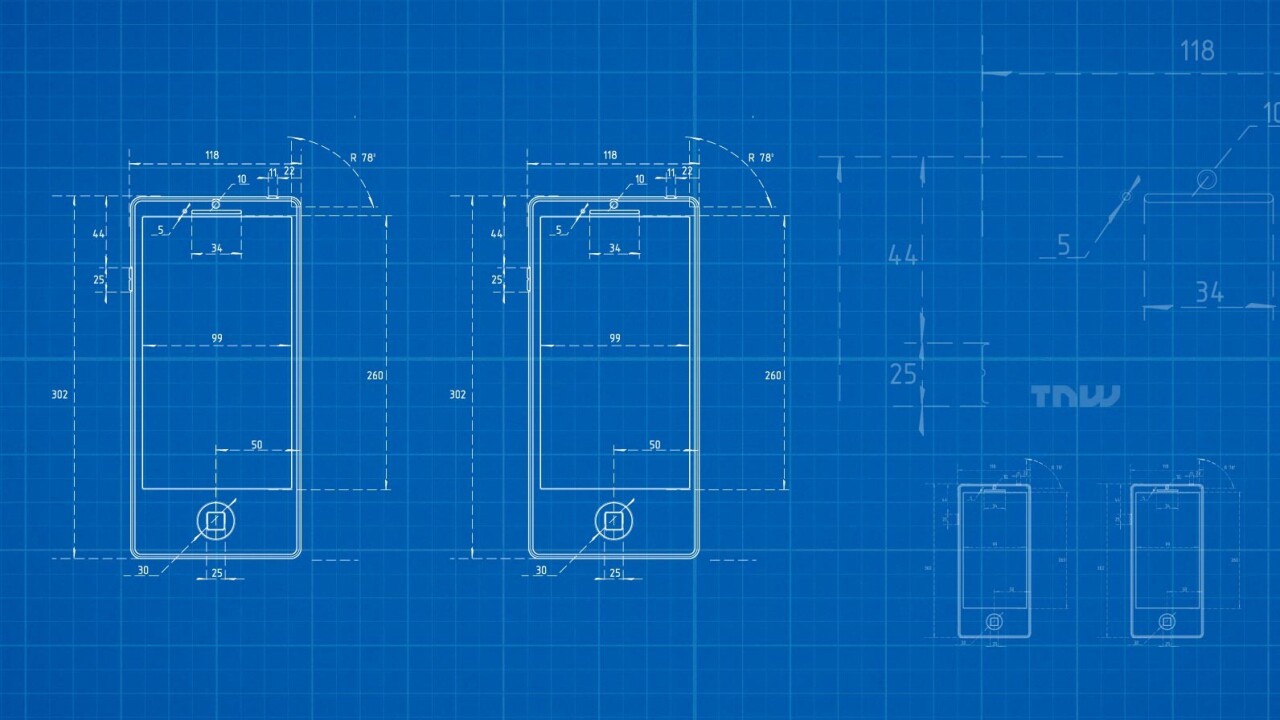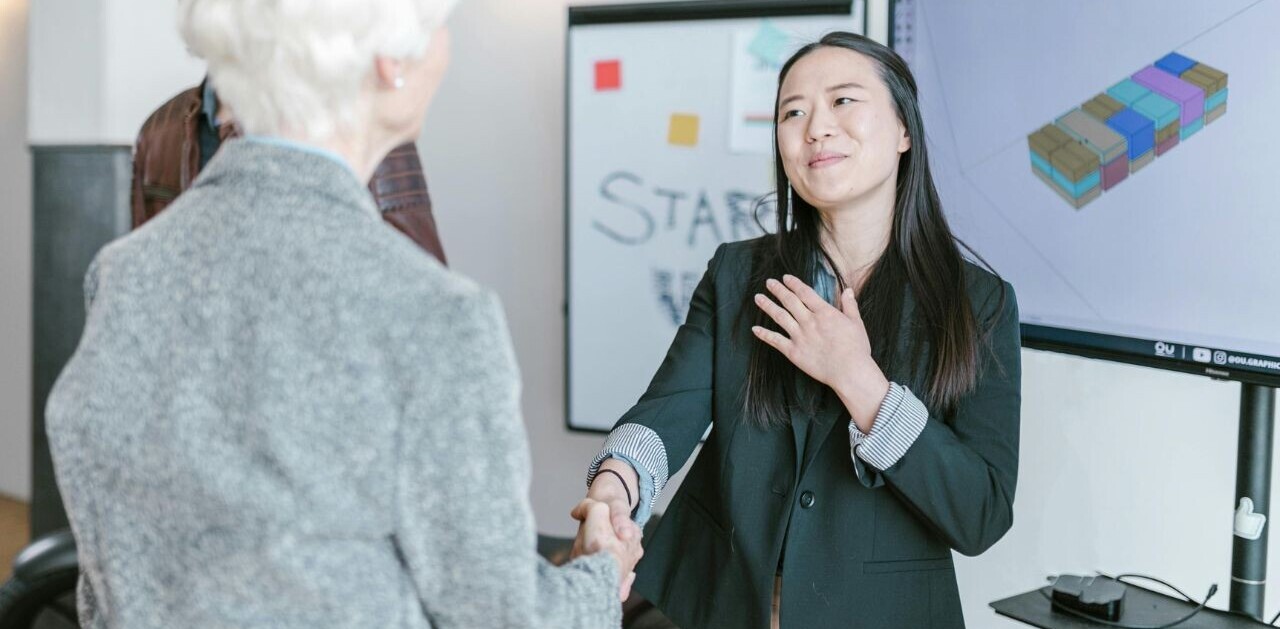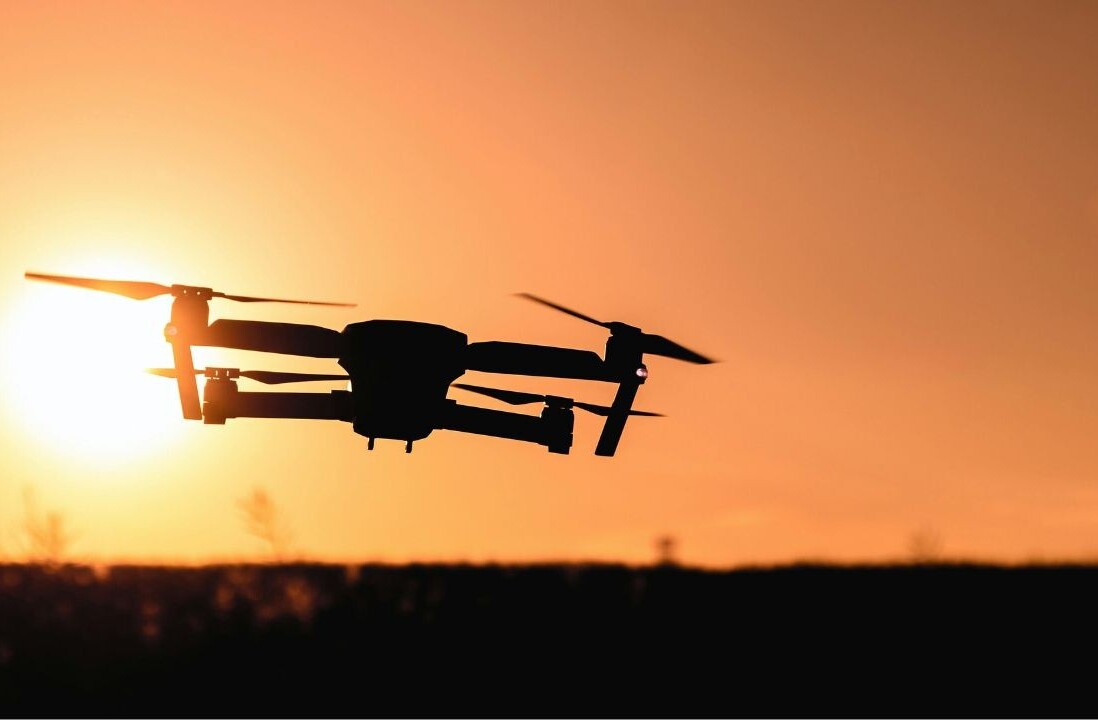
This week, the US patent office issued 3,898 patents. Each patent adds a little something new to the human knowledge base. As we cannot list all six thousand, the PatentYogi team has selected the five most interesting patents.
Facebook might replace typed emoticons with user photos

A recent patent application indicates that Facebook might allow users to replace typed emoticons with user photos. For example, a smiley emoticon may be replaced by a photo of the user smiling.
The user first needs to store a predefined mapping of emoticons to various images uploaded on Facebook. Thereafter, when the user types in an emoticon sign, Facebook will automatically replace it by corresponding user photo.
This will certainly make Facebook experience more interesting and personal.
This technology magnetically levitates buildings during earthquakes to make them hover the shaky ground

The company plans to use similar magnetic levitation technology to levitate buildings for about 2 minutes, when an earthquake strikes. This way the buildings are disconnected from the shaky ground. The technology could possibly save a lot of resources and lives during earthquakes.
Their patented Magnetic Field Architecture (MFA™) technology enables lift, propulsion, control— and it is a much more cost effective, and simpler solution than traditional Maglev systems.
Robin Williams may have been saved by this patent

Suicidal signs, if at all present, are subtle and often known only through extensive questioning.
Given the prevailing rate, by the time you finish reading this article, someone in the world would die by suicide. Clearly, whatever methods exist to identify and help people with suicidal tendencies isn’t working well enough.
But that’s about to change for good.
A breakthrough technology coming from National Institutes of Health (NIH) promises to predict if a person is likely to commit suicide based on a blood sample.
The technique involves measuring levels of certain special compounds in the blood, called biomarkers. When the levels of these biomarkers falls below or rises above a certain limit, it indicates a risk of suicide. One such compound is spermidine/spermine N1-acetyltransferase 1, simply called SAT1. Levels of SAT1 greater than 2500 AU indicate a substantial risk for future suicide.
This technique is also useful for determining suicidal risk as a side-effect of antidepressants.
In addition, this technology can also predict other psychotic depressed mood states and monitor response to a treatment for suicidal risk.
Patent granted for the popular selective map marker aggregation

The patent was filed in 2011. What makes this patent interesting is that, with the rise in location based services, all popular mapping applications started using this feature. For example, popular apps like Apple Photos, Facebook and Periscope use a similar location-based map marker technology. It will be interesting to see if Adtile Technologies sues the companies using a similar location-based map marker technology.
Print your own diamond jewelry at home

Lockheed Martin has invented a 3D printer that can print virtually any shape made out of diamonds, albeit synthetic. Being an aerospace company, this printer is primarily intended to make drill heads with complex geometries. But the technology is so versatile that it’s also capable of making custom diamond jewelry.
While most 3D printers out there use a combination of plastic, ceramic and metal, this new 3D printer uses a pre-ceramic polymer such as poly(hydridocarbyne).
To form the 3D object, the printer deposits ceramic powder and pre-ceramic polymer and heats the deposits to temperatures above 100 degrees in an inert atmosphere. The high temperature causes pyrolysis of the pre-ceramic polymer resulting in formation of poly-crystalline diamond. Alternatively, the technology is also designed to use nanodiamond powder to form the diamond based object.
When this technology reaches the stores, you could very well be printing your own engagement ring!
Get the TNW newsletter
Get the most important tech news in your inbox each week.




